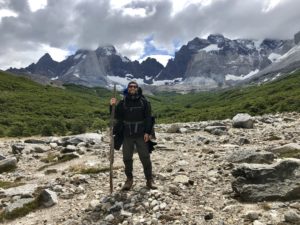15 Things You MUST Know Before Visiting Patagonia
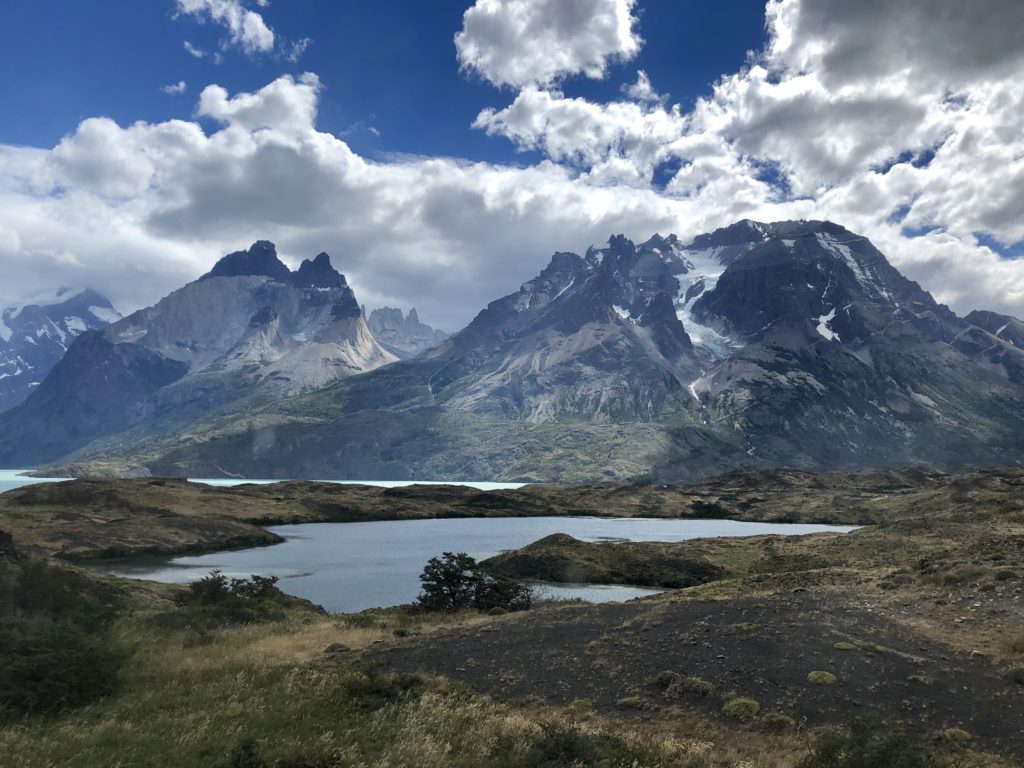
Some destinations you can show up to and be just fine. Patagonia is not one of those places. Patagonia takes quite a bit of planning but the preparation is more than worth it. Below you will find 15 things you must know before visiting Patagonia.
1) Be In At Least Moderate Physical Condition
Even if you elect for the less challenging “W” trek, know that it is long and difficult at points. Here is a summary of my activity levels over the four day trek.
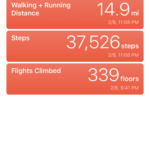
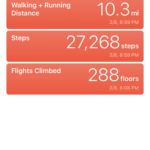
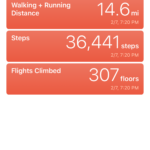
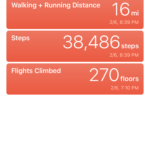
2) Know Your Seasons
If you plan to visit Patagonia during high season (November-March), you will need to book accommodation at least six months in advance. Campsites fill up fast so be sure to research ahead of time to ensure your trek does not get derailed due to lack of campsite availability.
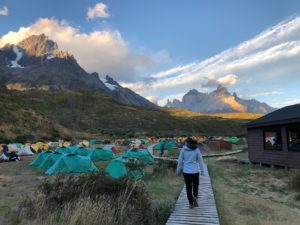
3) Water Resistant Does Not Mean Water Proof
Within minutes on your Patagonia trek, you will likely experience sun, rain and snow. Be prepared to add and shed layers frequently. Do not make the same mistake I did and bring a water resistant outer layer assuming it will keep you dry because it won’t. If you have ever considered purchasing hiking gear that can resist the elements, now is the time.
What to wear in Patagonia is a loaded question and deserves a post all to itself (here is a link to a helpful article on what to pack).
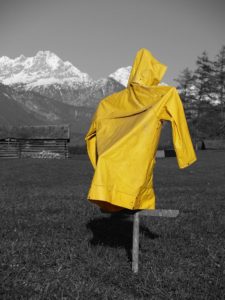
4) Pack Lightly But Wisely
If you are doing the “W” or “O” trek, you will be carrying your stuff. Once again, this is where light weight, high quality gear comes in handy.
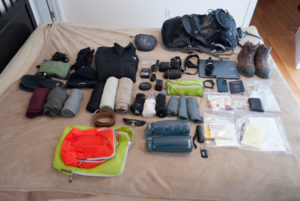
5) Hiking Boots and Hiking Poles Are Strongly Recommended
Regardless on whether you like or dislike hiking poles is irrelevant here. Two of four of our group members who did not use poles could barely walk at the end of our “W” trek. You will be hiking over large rocks, traipsing through puddles and mud and trekking over sheets of ice. Don’t chance a fall by not wearing proper footwear.
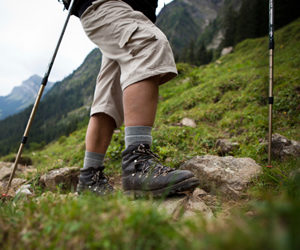
6) Gloves and Face Covers Are Recommended
Your hands and face should be the only exposed portions of your body for the majority of your hike. You will be pleased you decided to bring these two items along.
7) No Matter What You Read Online, You Can Drink From The River
Just do so upstream.
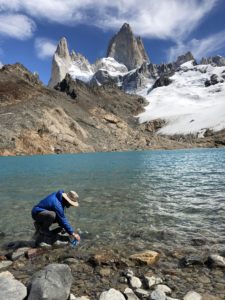
8) Consume Small Amounts Of Food And Drink Throughout Your Hike
Snack bars, trail mix, dried fruit, nuts and diced apples are all space efficient, energy packed foods to pack. Just remember to snack and take small sips of water regularly as you are burning more calories and perspiring much more than you realize.
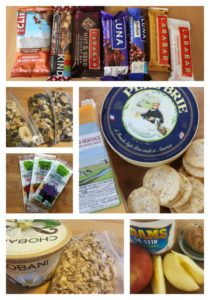
9) Drop Your Bags Off Where You Can
If hiking the “W”, Italiano and Central allow you drop your bags prior to doing mostly uphill hikes. Please do yourself a favor and take advantage of this.
10) The Trails Are Well Marked
The trails are some of the best marked trails I have ever hiked so getting lost should not be an issue.
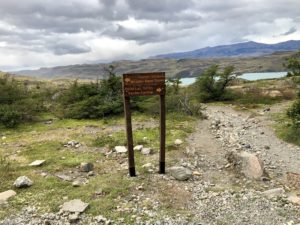
11) Still Download The Maps.me App
The maps.me app allows you to track your trail progress offline, which comes in very handy when you’re in the middle of nowhere.
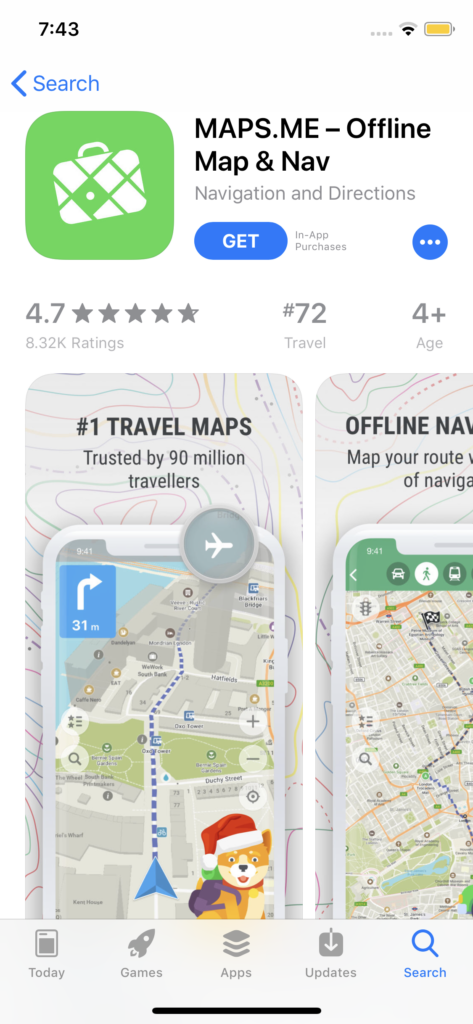
12) Stretch Immediately After Hiking
Stretching will prevent soreness for your next day of grueling hiking as well as prevent injuries. Within 10 minutes of finishing your hike, stretch your glutes, thighs, hamstrings and calves. Shoulder and back stretches may be a good idea as well.
If you are not sure how to stretch these muscle groups, here is a helpful YouTube video on how to do so.
13) Bring Ear Plugs And An Eye Mask
You’re camping in close quarters and campsites can get loud so don’t let a bad night of sleep throw off next day’s hike.

14) Don’t Lose Your PDI Card On The Hike
You are not warned upon entry into Chile that you will be required to present this document to leave the country. Make sure you hold onto this!
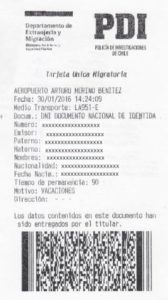
15) Eat Anti-Inflammatory Foods and Avoid Alcohol As Much As Possible
Food and drink affects the way your body feels more than most realize. Eating healthy while trekking and camping can be difficult but the benefits from doing so can be huge. Stick to nuts, whole grains, dried fruits, soups as much as you can and away from the biggest pro-inflammatory of all, beer.
Check us out here if you’re interested in learning more about long term travel.
